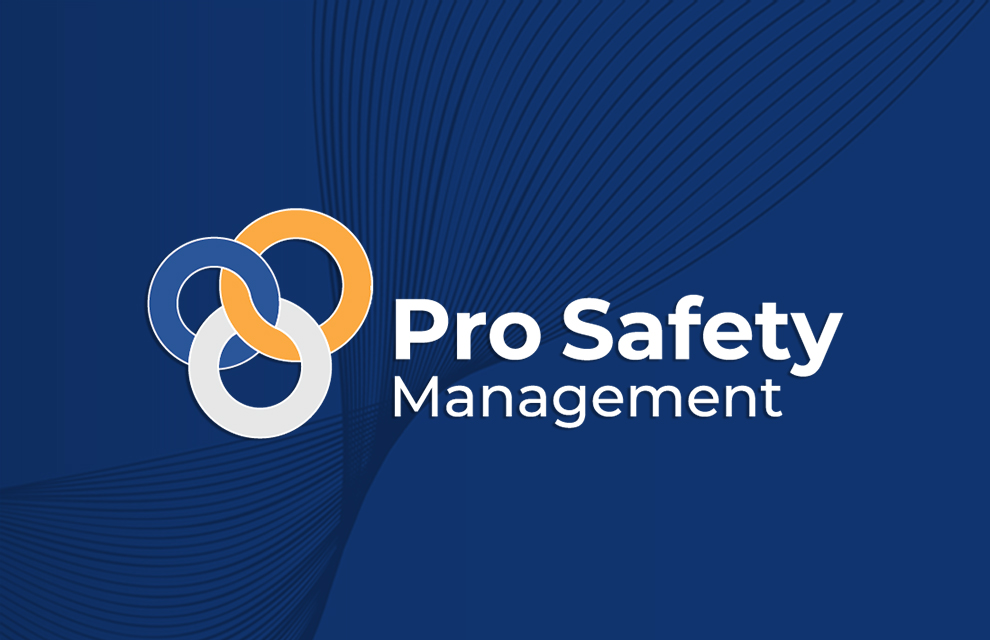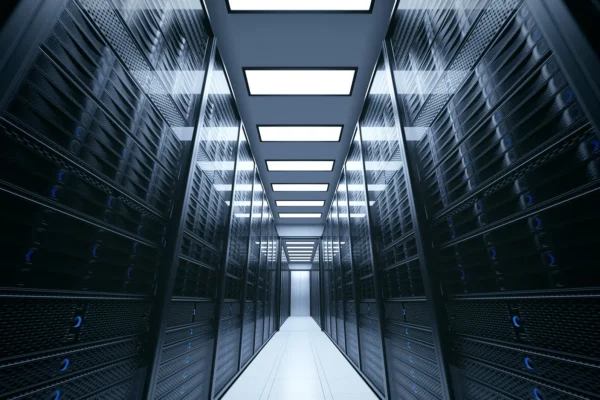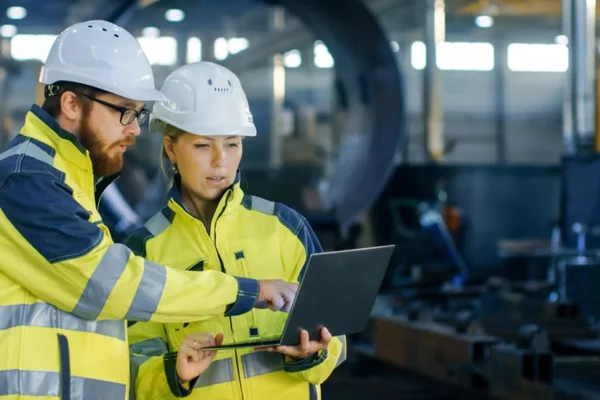
I hope you enjoy reading this blog post.
If you want my team to just do your health and safety for you, click here.
Telecoms Confined Spaces: A Guide To Working Safely

Working in the telecoms industry often involves navigating confined spaces such as chambers, duct entry areas, roof voids, basements, and splicing in the back of vehicles.
While these spaces may seem harmless, they can pose serious risks to workers who are not properly trained or equipped.
In this blog post, we’ll explore the dangers of confined spaces in the telecoms industry and provide tips for working safely.
Whether you’re a seasoned telecoms professional or just starting out, this guide will provide you with the knowledge and tools you need to stay safe in confined spaces.
Hazards from Confined Spaces
Each year, workers in the telecoms industry and other industries in the UK are at risk of serious injury or even death due to the hazards of confined spaces. According to the Health and Safety Executive (HSE), not only can workers in these spaces be at risk, but so too can those who attempt to rescue them without proper training and equipment.
Confined spaces in the telecoms industry can present a number of hazards, including those that are already present within the space itself. However, it’s also important to be aware that seemingly safe work environments can become confined spaces due to various factors. For instance, a task performed by others, such as using adhesive to lay new flooring in an enclosed area, can quickly deplete oxygen levels and create a hazardous environment. Similarly, a faulty boiler could release carbon monoxide and put workers at risk.
It’s crucial for telecoms workers to be aware of these dangers and take the necessary precautions to stay safe when working in confined spaces.
- A lack of oxygen
- Poisonous gas, fume or vapour
- Liquids and solids which can suddenly fill the space, or release gases into it, when disturbed
- Fire and explosions (eg from flammable vapours, excess oxygen etc)
- Residues which can give off gas, fume or vapour
- Dust present in high concentrations
- Hot conditions that could lead to a dangerous increase in body temperature
Assess the space and works to be undertaken
As a Telecoms worker. you need to identify the hazard and risks of the confined space and form undertaking the proposed work within the confined space including, chambers, (internal cabling chambers) duct entry areas, roof voids, basements, and splicing in the back of vehicles when using solvents etc. From this assessment, you should be able to determine what precautions need to be in place.
This assessment needs to have been made by competent people.
If your assessment identifies risks of serious injury from work in confined spaces, the Confined Spaces Regulations 1997 apply, for which the key duties are:
- Avoid entry to confined spaces
- If entry to a confined space is unavoidable, follow a safe system of work
- Put in place adequate emergency arrangements before the work starts
Avoid Entry to Confined Spaces
Can you undertake the work or modify the confined space so that workers do not have to enter the confined space? In low cable congested deep chambers (countryside etc) splicing / copper closures can be fixed near to the top of the chamber (fixing brackets) or on pull up systems that can easily be reached to avoid entry. (as long as they do not cause additional hazards)
If you still have to enter the confined space you must have a suitable safe system for working within the space.
Safe System of work
A risk assessment of the space and the work activities to be undertaken within and near the space needs to have been undertaken to identify the required controls to allow your works to commence within the space.
All working in the confined space will need to be instructed on this safe system of work.
Below are a number of considerations that may be required for access to the confined space to undertake the proposed works:
-
Appointment of a supervisor
Ensure that your supervisor is competent in confined space to be able to support and check on these works -
Suitable Workers
Are they suitably trained, competent, fit and well for this work? -
Isolation
Does anything need to be isolated to make access in the space safe? -
Cleaning the space
Would cleaning the space eliminate/reduce risk of fumes? -
The size of the entrance
Can your workers access the space with the necessary equipment on and would they be able to be easily rescued through this space? -
Provision of ventilation
Can you improve the level of ventilation through openings or the use of mechanical ventilation? The use of breathing apparatus may be required if the air within the space cannot be made fit to breathe. -
Testing the air4 head Gas Detection unit or higher
Workforce competent in how to check the space is free from toxic and flammable vapours and is safe to breathe; and how to use the issued monitor to do this. -
Provision of special tools and lighting (Intrinsically safe)
Identification of the requirement for specific tools i.e. non-sparking tools and specially protected lighting where flammable or potentially explosive atmospheres are likely. The use and position (even when outside of the space) of other tools may also need to be considered i.e. generators. -
A permit-to-work / Confined Space Permit
The use of a permit system should be considered as a tool to perform documented checks prior to access to the space being allowed.
Emergency Arrangements
Suitable emergency arrangements need to have been planned and be in place to ensure safe rescue of workers within a space. This plan should identify:
- Methods of identification an increased risk i.e. ongoing testing of the air during the works
- Method of rescue – method or/and type of equipment to be used i.e. harness tripod and winch system
- Maintaining effective communication between those in the space and those outside the space
- Rescue team – ensuring that they are suitably trained and competent, know how to use of the specific rescue equipment, and are fit and well to perform this task.
- First-aid procedures and suitable and easily accessible
All Telecoms teams should be given confined space awareness training, with cablers, splicers and pressure teams provided with certified courses to be able to use rescue equipment competently (tripods and breathing apparatus et) it is best practice to have your top man / safety person fully trained.
Need further support?
If you’re unsure whether your confined space procedures are up to par or if you’re looking for expert advice on how to improve them, don’t hesitate to reach out to one of our telecom industry health and safety experts.
Do you want better compliance?
Hey, I’m Alex Burbidge. I’m determined to make a business health and safety compliant. My only question is, will it be yours?

About Pro Safety Management
We are a Specialist Telecoms Health and Safety Consultancy with over 40+ years experience. Serving some of the global leading telecommunication companies, we provide specialist and strategic health and safety management ensuring operational standards at the highest level.
Do you want better compliance?
Hey, I’m Alex Burbidge. I’m determined to make a business health and safety compliant. My only question is, will it be yours?


